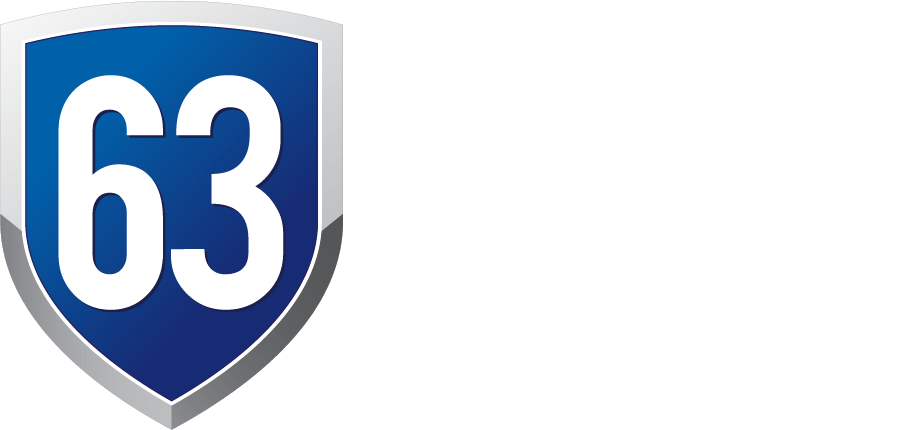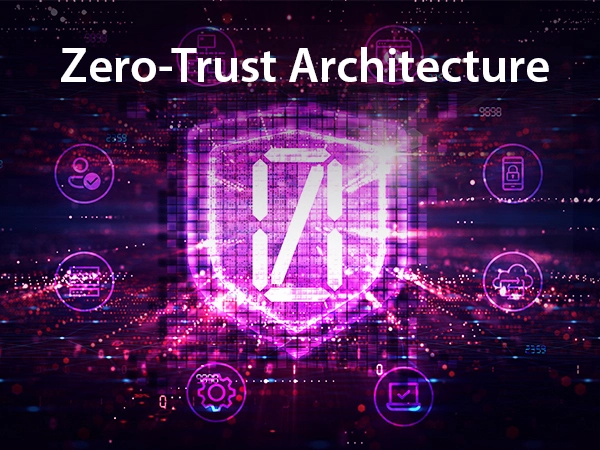Index
- Introduction
- What is Threat Hunting in Cybersecurity
- The Goals of Threat Hunting
- Key Components
- What is Proactive Threat Hunting
- Proactive Threat Hunting Strategies
- Benefits of Proactive Threat Hunting
- Threat Hunting Challenges and Considerations
- Implementing a Threat Hunting Program
- Conclusion
- FAQs
These days, cyber-attacks have increased with alarming frequency, thus requiring proactive cybersecurity measures. Concurrently, the pervasiveness of these attacks underscores their advanced nature. Attackers employ sophisticated tactics and methods to perpetrate these cyber crimes. Traditional methods fail to match the pace of current security threats. In this scenario, threat hunting in cybersecurity emerges as a potent strategy for addressing contemporary issues.
In a proactive strategy, threat hunting aggressively locates and mitigates potential threats before they exploit weaknesses – a stark contrast to reactive methods. This guide delves into the concept of threat hunting. It explores its significance in our present cybersecurity environment. Furthermore, threat hunting plays an indispensable role in reinforcing modern security protocols.
What is Threat Hunting in Cybersecurity
Wondering, ‘What is threat hunting in cybersecurity?‘ Let’s have a look at the same –
Definition of Threat Hunting
“Threat hunting,” a proactive cybersecurity strategy, actively searches for concealed risks that may have evaded conventional security processes. It aims to detect and neutralize any network-based security risks before they escalate; this approach thus transcends reactive measures.
Differentiating between Reactive and Proactive Approaches
While seeking answers to the query ‘What is threat hunting in cybersecurity,‘ it is important to remember that a proactive approach to cybersecurity and threat hunting contrasts with reactive tactics that respond to issues post-occurrence. The process of threat hunting involves aggressive scrutiny for vulnerabilities and signs of compromise. It is an endeavor aimed at maintaining a strategic advantage over potential attackers.
Overview of How Threat Hunting Complements Traditional Security Measures
An additional layer of protection supports conventional security procedures through the pursuit of threats. This deliberate action, known as threat hunting, targets dangers that could potentially evade safeguards such as firewalls and antivirus softwares.
The Goals of Threat Hunting
Now that we have answered what is threat hunting in cybersecurity, let’s consider its goals –
Identifying Potential Threats
The primary objective of threat hunting in cybersecurity is to look for dangers proactively before they manifest as active attacks. By methodically monitoring potential breach signs, businesses may efficiently stop and neutralize intrusions before they escalate.
Proactively Seeking and Neutralizing Hidden Threats
The concept of threat hunting in cybersecurity involves actively scouring a network for concealed dangers, including dormant malware or advanced persistent threats. Through this proactive approach, companies can nullify potential risks before they inflict significant damage.
Enhancing Overall Security Posture
In threat hunting in cybersecurity, organizations may strengthen their security by actively searching out potential hazards. Part of this comprises enhancing incident response capacity, minimizing dwell time, and adapting to dynamic cyber threats.
Key Components
To fully understand ‘what is threat hunting in cybersecurity’ it is necessary to know about the key components. Let’s begin –
Data Collection and Analysis
Initiating threat hunting entails the collection and scrutiny of data from diverse network sources as a primary step. This process encompasses endpoint data, network traffic, and logs. A thorough analysis of this dataset proves instrumental in uncovering anomalies and potential indicators for compromise (IOCs).
Hypothesis Generation
Threat hunters, based on their observations of trends and anomalies, formulate theories. Part of this process involves predicting prospective attack paths and strategies employed.
Investigation and Validation
To verify theories and pinpoint actual dangers, professionals conduct extensive research. They employ techniques such as forensic analysis and threat intelligence to confirm the existence of threats.
What is Proactive Threat Hunting
Behavioral analysis, integration of threat intelligence, and ongoing monitoring constitute proactive threat hunting. It involves the active pursuit of dangers. This dynamic and ongoing approach aims not merely to address existing threats but to pre-empt emerging ones. It is a strategy geared towards maintaining an edge in the face of constantly evolving perils.
Proactive Threat Hunting Strategies
Behavioral Analysis
The goal of behavioral analysis is to monitor human and system behavior. This allows us to identify departures from typical patterns, thus making it easier for us to spot potentially threatening activities.
Threat Intelligence Integration
We actively integrate threat intelligence feeds to stay ahead of new attack trends and upcoming threats. This information empowers proactive threat hunting to identify known strategies, methods, and procedures used by threat actors.
Continuous Monitoring
Implementing real-time monitoring capabilities enables us to detect and respond promptly to emerging dangers. We can achieve ongoing threat monitoring and identification by using automated technologies and techniques.
Benefits of Proactive Threat Hunting
Now that we have discussed ‘what is threat hunting in cybersecurity,’ let’s explore the benefits of proactive threat hunting.
Early Detection and Mitigation
Proactive threat hunting, which enables early identification and mitigation of potential threats, reduces the likelihood of successful attacks.
Improved Incident Response
By proactively searching for threats, organizations can enhance their threat hunting in cybersecurity incident response capabilities and reduce the dwell time necessary for threat containment.
Enhanced Visibility
Proactive threat hunting enhances an enterprise’s ability to swiftly and efficiently detect as well as mitigate any threats by improving visibility and situational awareness within the network architecture.
Strengthened Defense-in-Depth Strategy
By supplementing current security measures, threat hunting in cybersecurity fortifies defense-in-depth. This action increases the difficulty for attackers in compromising the network.
Threat Hunting Challenges and Considerations
Resource Constraints
Resource limitations may present difficulties in implementing a proactive threat-hunting program. Often, businesses require specialized knowledge and abilities. Therefore, they must allocate funds toward professional development programs or the recruitment of qualified candidates.
Balancing Operational Responsibilities
To strike a balance between their daily operational duties and proactive threat hunting, companies must strategize with meticulous resource allocation and planning.
Overcoming Organizational Barriers
Cultivating a culture of cooperation and information exchange is essential. To succeed, threat-hunting programs must eliminate organizational obstacles. They must foster an environment conducive to teamwork.
Implementing a Threat Hunting Program
Establishing Clear Objectives
To initiate an effective threat-hunting operation, organizations must specify their goals and parameters precisely. This requires the identification of crucial resources, potential attack vectors and the establishment of the program’s overarching objectives for successful threat-hunting endeavors.
Building a Multidisciplinary Team
A successful threat-hunting program demands a group of people who are proficient in data analysis, incident response, and threat intelligence. The success of threat hunting hinges on collaborative work. Therefore, it is imperative for all team members to operate collectively as a unified force.
Selecting Appropriate Tools
Selecting and applying the appropriate instruments and technology determine the effectiveness of threat-hunting operations. These could encompass automation tools, threat intelligence feeds, and advanced analytics systems.
Conclusion
As organizations tackle the cybersecurity landscape, the implementation of proactive threat-hunting programs stands out as a paramount strategy. Organizations may greatly enhance their security postures by using best practices such as clearly defining objectives, forming interdisciplinary teams, and selecting suitable tools and technology. This proactive strategy is demonstrated by industry leaders such as 63SATS. Our cutting-edge solutions guarantee resilient defense against evolving threats, emphasizing the importance of staying ahead in the continuous pursuit of cyber resilience. We are dedicated to providing robust security measures and innovative approaches to safeguard our clients’ digital assets.











